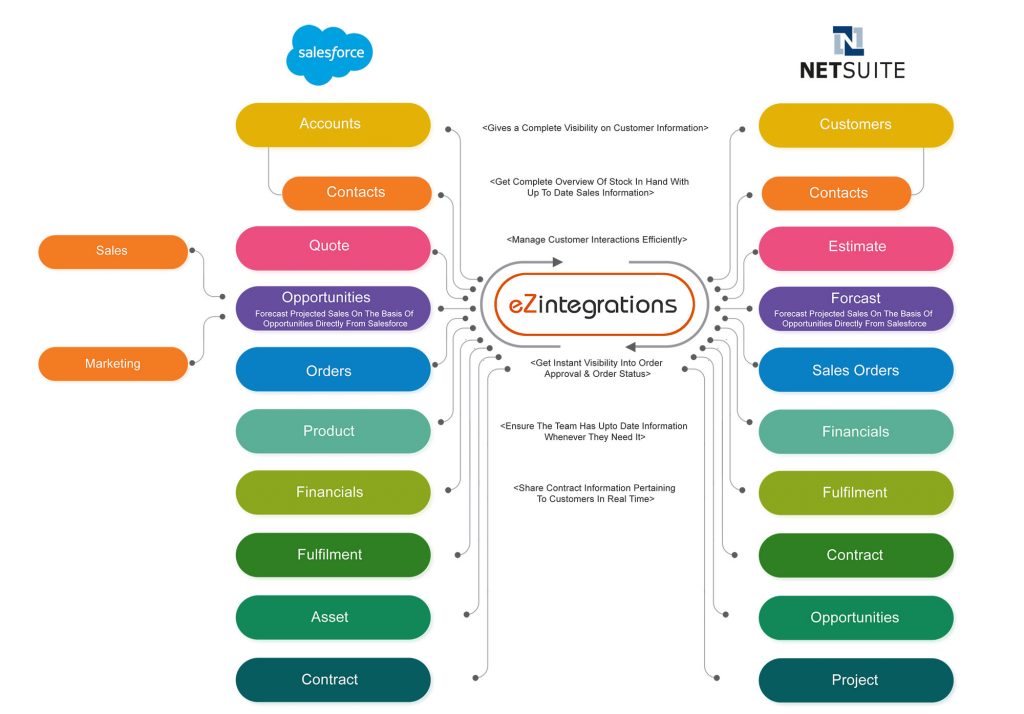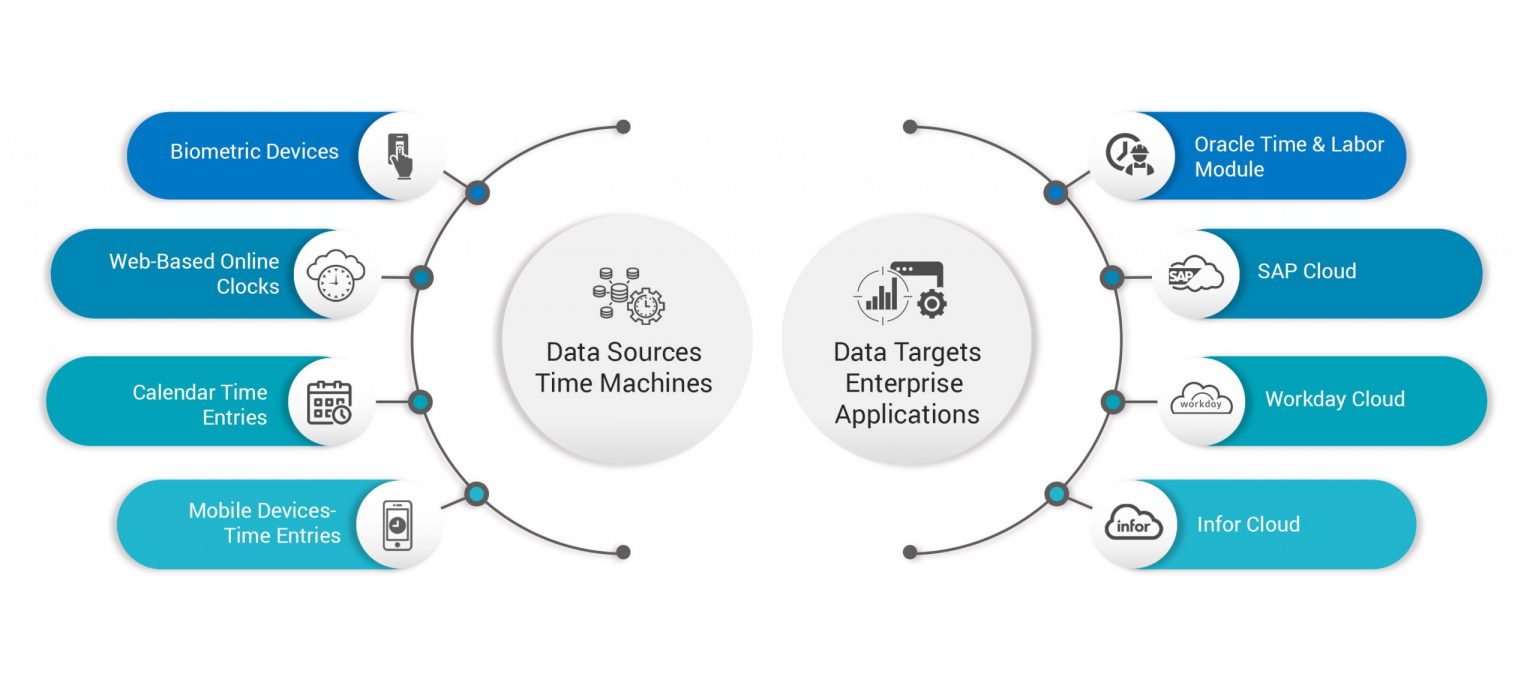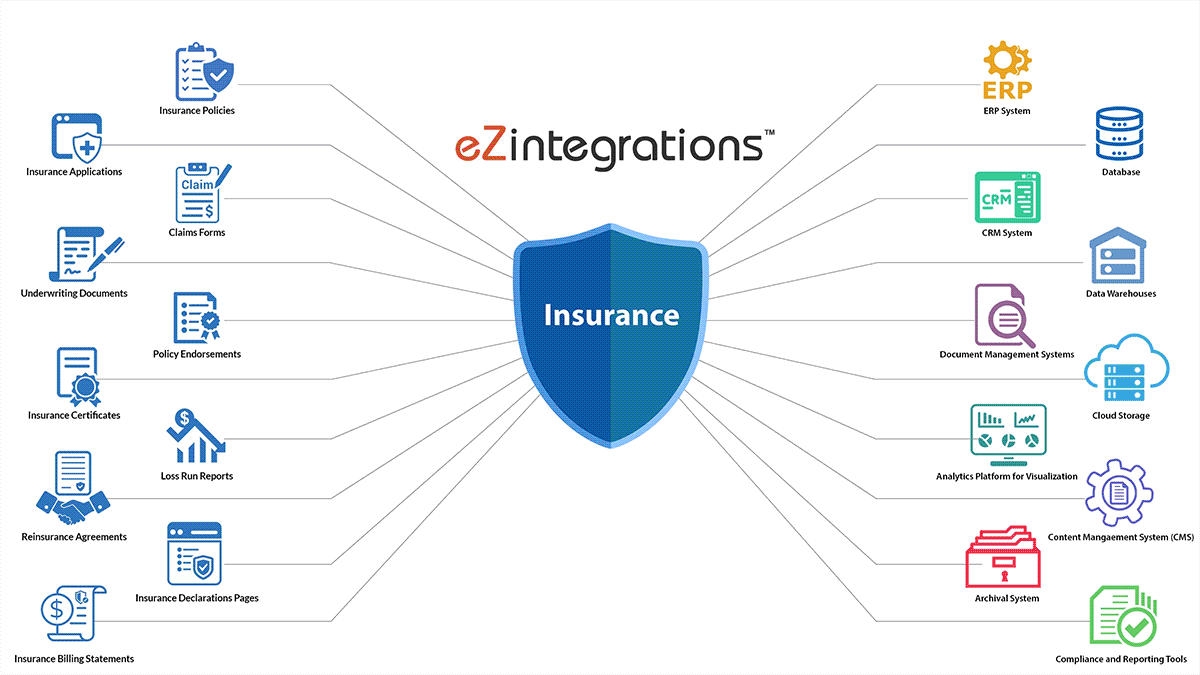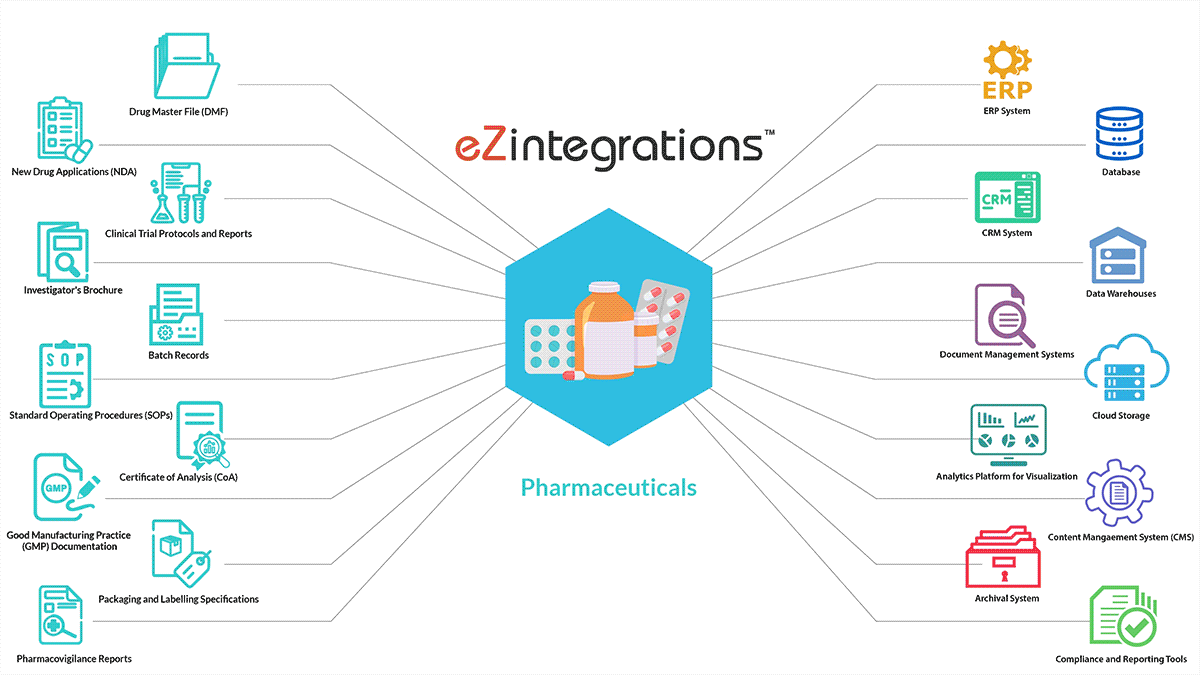In today's dynamic business landscape, the efficient integration of disparate systems is crucial for maximizing productivity and staying competitive. eZintegrations offers a comprehensive solution for seamlessly connecting Oracle NetSuite with various systems, unlocking the full potential of your business processes. With a focus on Netsuite data extraction, Netsuite integration, and Netsuite data integration, eZintegrations empowers organizations to create dependable and scalable integrations that enhance NetSuite's capabilities across the board.
NetSuite Integration Made Easy
eZintegrations simplifies the process of connecting NetSuite to any other system without the need for a staging platform or risking data breaches. By efficiently processing large data repositories and leveraging NetSuite's scalability, eZintegrations reduces operational costs, minimizes data errors, and automates manual processes. This ensures that customers have increased control over their business data stored in the ERP, leading to improved customer experiences.
Benefits of eZintegrations NetSuite Platform Integration
1. Unified API Testing Hub: Access and test all APIs in one centralized platform, enabling efficient and customizable testing workflows.
2. Seamless Data Streaming: Stream millions of records daily for a continuous and dynamic flow of data, adapting to specific streaming needs in real-time.
3. NetSuite Integration Mastery: Effortlessly integrate NetSuite with APIs, databases, and various protocols, achieving seamless connectivity and data flow.
4. Streamlined Integration Monitoring: Comprehensive monitoring of integration processes with real-time insights into system activities, ensuring prompt issue resolution.
5. Intelligent Alerting System: Receive alerts promptly for record failures and anomaly detection, maintaining the integrity of integrated systems.
6. Developer Friendly: Facilitate integration tasks with familiar tools like Postman for working with REST interfaces and metadata.
7. Manage Enormous Data: Support movement and storage of vast amounts of data without compromising security or integrity.
Features of eZintegrations NetSuite Platform Integration
1. Suite Talk REST Web Services: Access NetSuite business objects programmatically as REST resources, facilitating CRUD operations and high-performance queries.
2. Suite Talk SOAP Web Services: Access NetSuite data and processes over desired interfaces, supporting asynchronous CRUD operations callable by any standard programming language.
3. High-Volume Data Pipeline: Efficiently provision NetSuite data to external systems, enabling scalable data transfers over standard interfaces.
4. REST API Browser: Visual inspection of REST web services capabilities, providing essential information about record properties, schema definitions, and more.
Use Cases of NetSuite Integration
1. NetSuite to Azure Cosmos DB (Bi-directional): Establish a bidirectional connection between NetSuite and Azure Cosmos DB for real-time data synchronization.
2. NetSuite to EpiServer: Seamlessly exchange data between NetSuite's ERP system and EpiServer's CMS and digital commerce platform.
3. NetSuite to PIMworks (Bi-directional): Synchronize product information bidirectionally between NetSuite and PIMworks for consistency.
4. NetSuite to Bizdata Datalake: Connect NetSuite with Bizdata Datalake for advanced analytics and reporting.
5. NetSuite to Salesforce: Integrate customer data and sales transactions between NetSuite and Salesforce for a unified view.
6. NetSuite to Azure DB: Store and retrieve data from NetSuite in Azure Database for enhanced data management.
7. NetSuite to Oracle Planning Cloud: Transfer financial and operational data between NetSuite and Oracle Planning Cloud for comprehensive planning and analysis.
Additional Integration Solutions
- Integrate Visual Assets with NetSuite for organized management of digital content.
- Achieve seamless integration of item catalog details and variants within NetSuite.
- Streamline the entire Order to Cash workflow with your eCommerce application.
- Enhance financial operations by integrating payment gateway verification directly into NetSuite.
- Optimize data management by integrating NetSuite with data warehouses and datalakes.
- Facilitate smooth communication and data exchange by seamlessly integrating Electronic Data Interchanges (EDI) with NetSuite.
- Enhance business planning and forecasting capabilities by integrating NetSuite with Planning Engines like Oracle Planning Cloud.
In conclusion, eZintegrations provides a robust solution for integrating Oracle NetSuite with various systems, enabling organizations to streamline processes, enhance data exchange, and drive business growth. With its comprehensive features and use cases, eZintegrations empowers businesses to unlock the full potential of their NetSuite ecosystem and stay ahead in today's competitive landscape.





